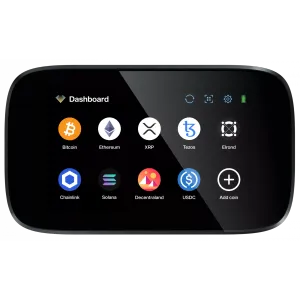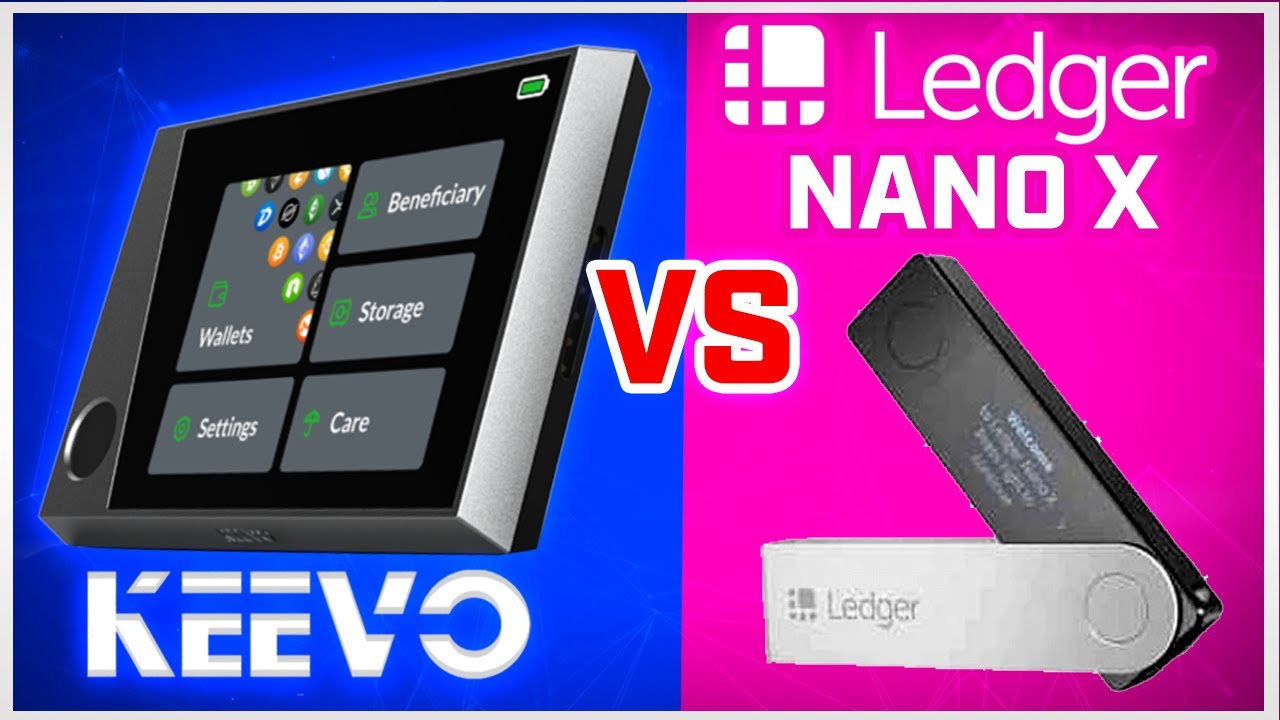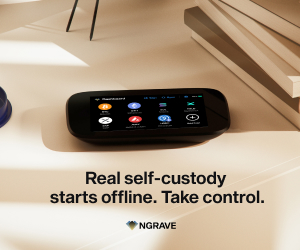With over $1 billion in Bitcoin lost to hacks and exchange failures from 2017-2024, choosing…
- HOME
- CRYPTO HARDWARE WALLETS
- COMPARE WALLETS
- KEEPKEY VS TREZOR VS LEDGER
- TREZOR ONE VS TREZOR MODEL T
- KEEPKEY VS LEDGER NANO X
- LEDGER NANO X VS ELLIPAL TITAN
- D’CENT VS LEDGER NANO X
- LEDGER NANO X VS TREZOR MODEL T
- SAFEPAL VS LEDGER NANO X
- BC VAULT VS LEDGER NANO X
- SECUX V20 VS LEDGER NANO X
- D’CENT VS SAFEPAL
- SAFEPAL VS BC VAULT
- SAFEPAL VS ELLIPAL TITAN
- ELLIPAL TITAN VS D’CENT
- ELLIPAL TITAN VS BC VAULT
- RECOVERY SEED BACKUPS
- REVIEWS
- RESOURCES
Subscribe to Updates
Get exclusive offers & crypto news updates!
Black Friday 2025 brings the crypto space unprecedented savings opportunities, with discounts reaching up to…
Are your digital assets safe from future quantum computing threats? The quantum era—a forthcoming period…
In 2023, cryptocurrency holders lost over $3.8 billion due to hacks and scams, but an…



